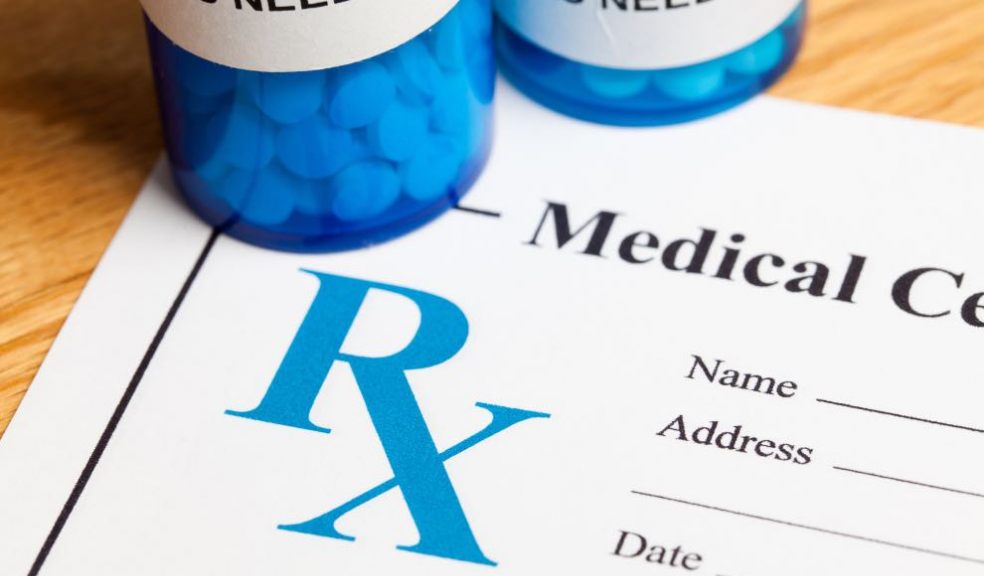
8 ways to save money on prescriptions
Did you know it costs the average American around $1,200 yearly for their prescription medications? Even worse, drug prices continue to increase and cost you more out of pocket, even with insurance!
Even if you're lucky enough to have good insurance, you could still struggle to afford high prescription prices. You might have to meet a deductible before the plan even pays, and your expenses can be very high if you have serious health conditions to manage.
The good news is that you can save money on prescriptions if you consider your options and do a little extra work. Read on to learn about eight ways to cut your prescription drug costs.
1. Choose the Cheaper Generic Version
If you're wondering how to save on prescription drugs without insurance or with it, opting for an available generic is a great first step. You can often save most of the cost by doing so, and you get the same safe medication as the brand name drug.
You can simply ask your pharmacist about a generic when you go to fill your prescription. In some cases, you might even get generics for common antibiotics, stains, and diabetes drugs for free.
Do be warned, though, that newer drugs won't have a generic since they still have a patent. This prevents generic manufacturers from making similar medications.
2. Ask Your Doctor for Free Samples
Drug manufacturers send physicians samples of name brand medications to help advertise their medications.
Your doctor will often give you some free samples to see how a new medication works for you. This will help you decide if the medication will be worth the high cost.
It also doesn't hurt to ask for samples even if you've been on the medication for a while. Your doctor may understand your financial situation and offer you an extra sample.
3. Research Medication Assistance Programs
If you're on an expensive brand name drug with no generic available, check the drug maker's website to find out if they offer a medication assistance program. These programs consider your financial situation as well as your insurance coverage to offer free or reduced medications.
You may receive a special discount card to take to the pharmacy when you pick up your medications. In other cases, the drug maker may arrange to have the pills shipped to your home.
You can also consider looking into any state programs that can help you save on prescription drugs. For example, if you have a very low income or are pregnant, you may be able to get Medicaid coverage that cuts your health care and medication costs.
4. Do Some Comparison Shopping
Before just going to the nearest pharmacy or your usual choice, it pays to go online and compare prices for your medication at different locations. You can simply visit local pharmacy websites or call the location to ask about pricing.
You can even more easily comparison shop with the help of comparison websites. You can simply enter your drug's name in the search box and see a list of prices at multiple local pharmacies. This tool also shows you any coupons available along with savings you can get if you sign up for a membership.
5. Opt for a 90-Day Supply
You'll often find that pharmacies will offer a discount if you choose to get 90 days of medication rather than the typical 30 days' worth. For example, you may pay $4 for a month of medications but only $10 for three months of them.
If your prescription is for more than a month, take advantage of this volume discount. You might also explore if you can get a 90-day supply cheaper through an online pharmacy than locally.
6. Consider the Dosage
Another way to save money on prescriptions is to see if you can purchase pills at a higher dosage. If your doctor allows this, then you can use a pill splitter to break up the higher dose pill and make it last for multiple doses.
For example, your doctor may give you a 100-milligram version instead of your usual 50-milligram pills. If you cut the pills in half, this allows a 30-day supply to last you as long as a 60-day supply.
Do know that this option won't work for certain kinds of medications like those with slow-release or extended-release qualities. The medication's coating can also apply a factor.
7. Enroll in a Drug Discount Card Program
Pharmacies and private companies both offer drug discount card programs that allow you to save as much as 80 percent on your medications. Some of these programs are free while others charge a monthly or yearly fee.
Do know that these programs aren't considered to be insurance. But they can help you out when you're uninsured and can work in combination with some insurance programs for additional savings.
You'll also need to check whether your preferred pharmacy accepts the discount card and whether your medication is on the approved list.
8. Order from a Reputable Canadian Pharmacy
You might feel unsure about ordering medications from another country. However, you can reduce the risks and save money on prescriptions if you explore product options at a certified, reputable Canadian pharmacy.
However, you'll first want to look into the Federal Drug Administration's personal importation rules to see if you can legally import your medications. For example, you can import medications if they don't pose a serious health risk or aren't available in the United States.
Now, Go Save Money on Prescriptions Today
While you might not cut your costs to zero, you'll still save money on prescriptions if you follow these tips.
If you still struggle, you might consider talking to your doctor about changing to an alternative medication. Newer medications often come at a high cost since they don't have a generic version and have high marketing costs. So, your doctor can help you weigh the pros and cons of using a cheaper, older alternative.
Be sure to also check out our other health and fitness posts to live a better lifestyle.



















